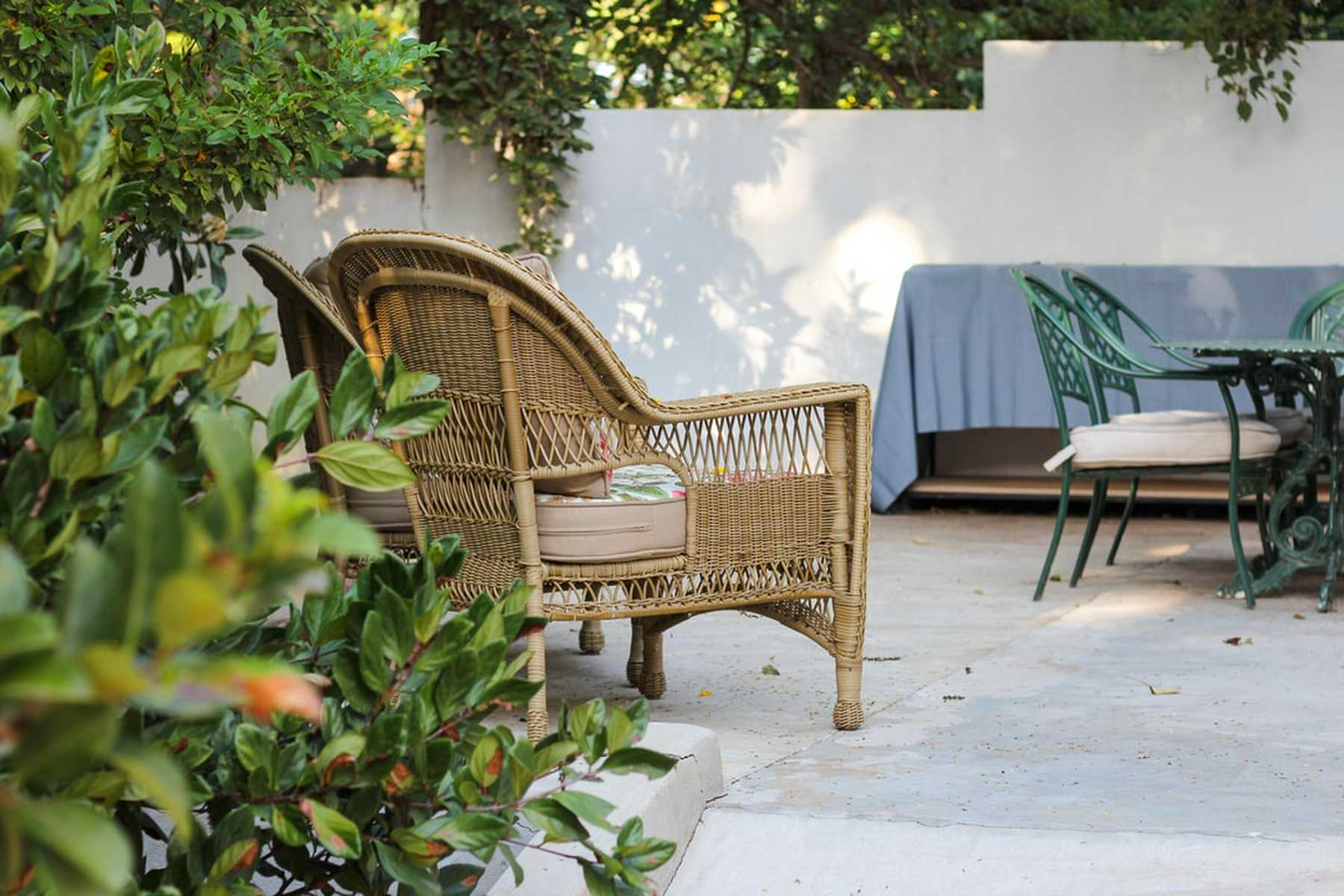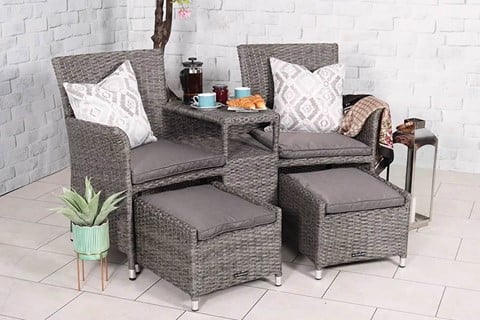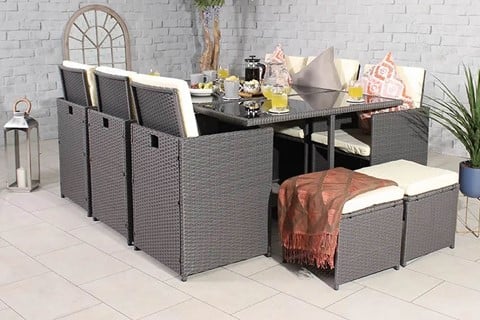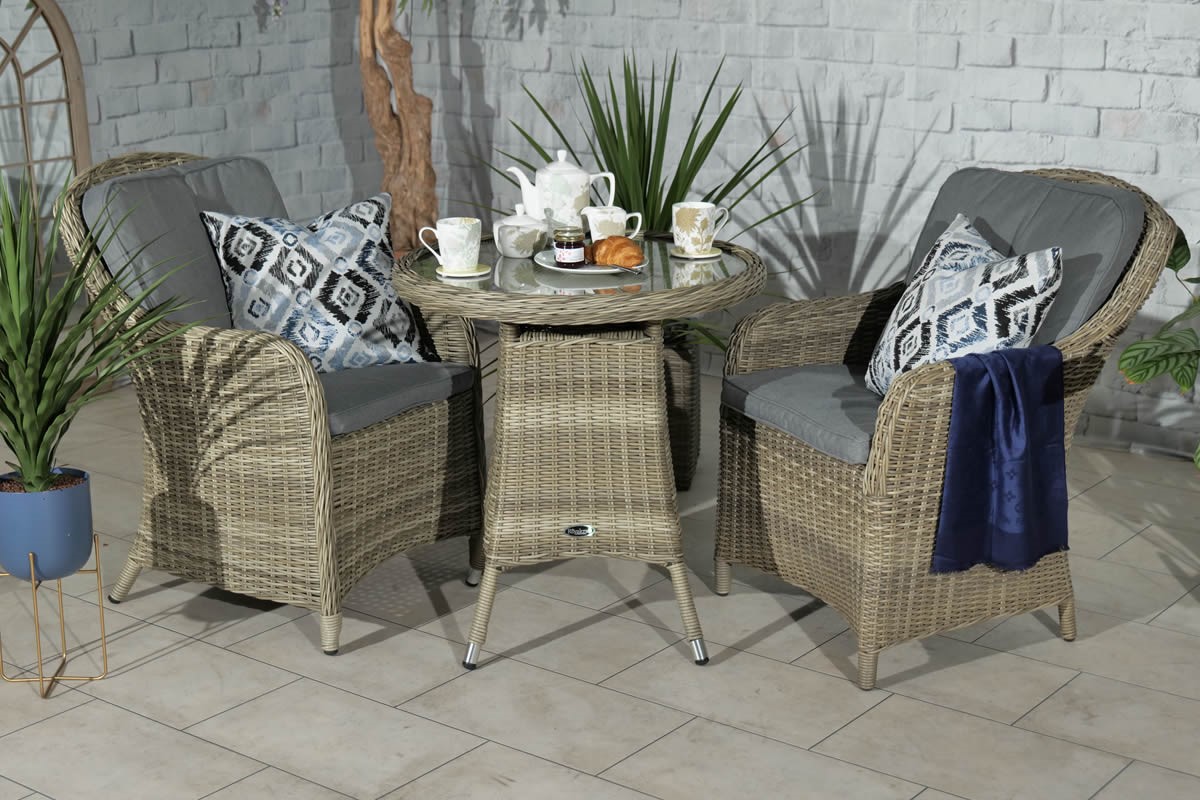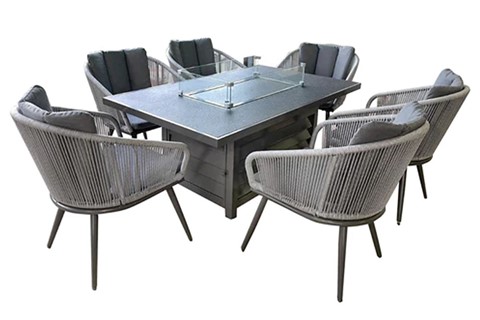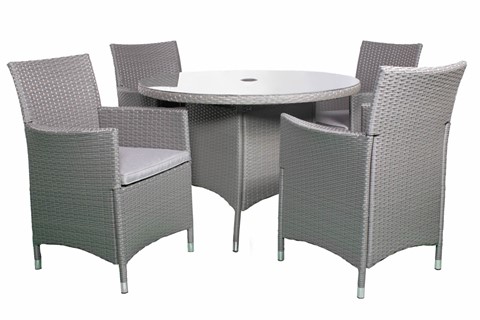What Is Rattan and How Is It Different to Wicker?
Rattan is one of the best materials for outdoor garden furniture out there. It's tough, flexible, and looks great. Plenty of people think because rattan has a more conservative, simpler look, that it’s not stylish. The fact of the matter is that rattan is exceptionally versatile and you can dress it up to suit any style.
At the height of the 19th century British Empire, rattan, bamboo, and other tropical styles of furniture were extremely popular. Families who spent time in the tropics or other Asian countries often returned to England with their rattan furnishings and it even made its way to the United States in the early 20th century.
But what is rattan and why is it such a popular choice for garden furniture? What makes it different or better than wood or metal? And do you know the difference between rattan and wicker?
Let's dive into this and take a look.
